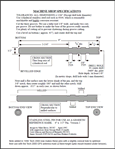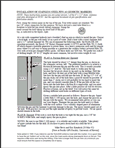Monument Pins Overview
Monument Pins
| Back to comparison table |
Mount Commonly Used |
Stability |
Cost |
Install Time |
Labor |
Substrate |
Site Impact |
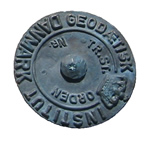 |
campaign GPS/GNSS antenna mount |
med-high |
$15-50 |
<1 hr |
1 |
BR, R |
low |
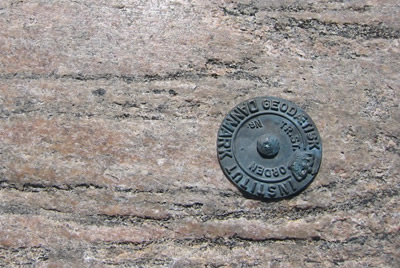
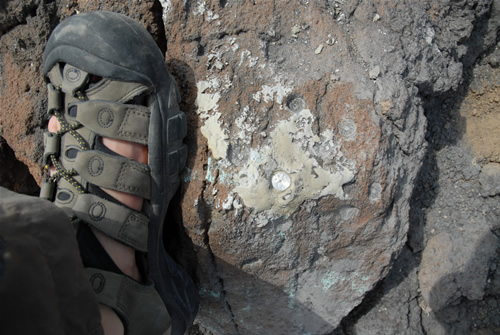
Danish geodetic marker near Kangerlussuaq, Greenland (left); simple stainless steel pin at site DOIW in Afar, Ethiopia (right).
Pros
Inexpensive (e.g. $15-50, depending on marker design)
Can be installed with a battery-powered drill
Small footprint, low profile
Short installation time (<1 hr, can be as little as 15 minutes)
Materials and machining are available in most cities
Can be installed on a rooftop or other stone or cement structure
Can be occupied with a wide variety of antenna mounts
Cons
Can only be installed in solid material
Must be occupied with a temporary antenna mount
Design and Construction
There are a variety of marker designs. In general, markers consist of a post with a 1 mm dimple or intersecting crosshairs on top. The marker most commonly used by UNAVCO is the dimpled monument pin, or "Bevis pin." The Bevis pin is a 6-inch long, 1/2-inch diameter stainless steel pin machined with notches on the sides to prohibit rotation and a 1 mm dimple on the top. Machine and installation instructions are given below.
Approximate Cost
$15-50; varies depending on marker design.
Materials
pin
epoxy or quick-setting, expansive concrete and water
Tools
battery-powered drill
tube to blow rock flour out of the hole
level (optional but preferable)
needle-nosed pliers for rescuing pins from over-drilled holes (recommended)
Mount Commonly Used
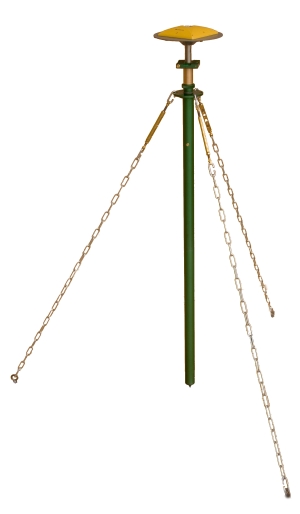
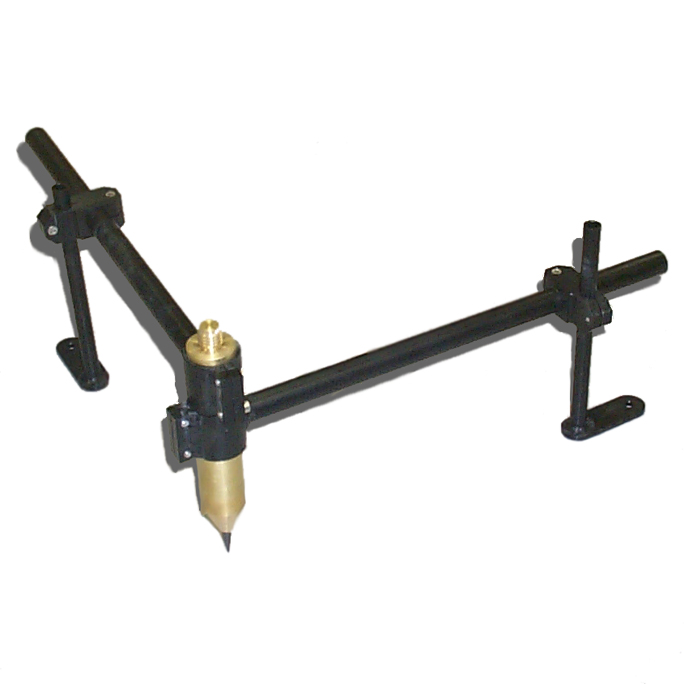
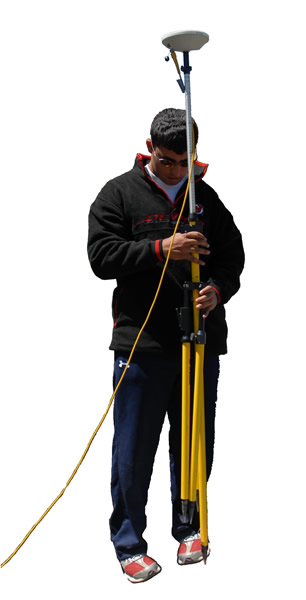
Many mounts can be used with a monument pin, including the Tech 2000 mast, UNAVCO fixed-height spike mount, standard, short, or fixed-height tripod, or bipod. See the UNAVCO Resources: GNSS Antenna Mounts page.
Send questions or comments about this page to Support (support unavco.org).
unavco.org).
)
